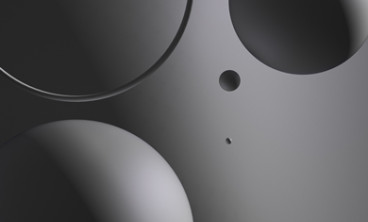
Procedure coding
Procedure coding for vagus nerve stimulation is well-established in many European countries. The procedure codes typically distinguish between implantation, replacement, or removal of vagus nerve stimulation electrode and/or generator. For example, in France, specific CCAM codes for implantation (code ADLA001), replacement (code ADKA001), and removal (code ADGA001) of a vagus nerve stimulator exist to cover the procedures.

Payment mechanism
The payment model varies by country.
In some European countries (Germany, Italy, and countries of the Nordic region), vagus nerve stimulation is reimbursed solely via the diagnosis-related group (DRG) mechanism. The DRGs might be different for implantation, replacement, and removal procedures. For example, in the Netherlands, the implantation of a vagus nerve stimulator is allocated to the DRG 972802077 “Placing a stimulator of the tenth cranial nerve in a brain disorder” with a national tariff of €22,294, replacement procedure – to the DRG 972802078 “Replacing a stimulator of the tenth cranial nerve in a brain disorder” with a national tariff of €21.955, the removal of the system – to the DRG 972802079 “Removal or repair of a stimulator of the tenth cranial nerve in a brain disorder” with a national tariff of €4,265.
In some countries (e.g., France and England), vagus nerve stimulation devices attract additional reimbursement, paid on top of the DRG tariff. For example, in England, there is a specific category in the High Cost Devices List “Deep brain, vagal, sacral, spinal cord, occipital nerve and peripheral nerve stimulators and neurostimulators.”
In France, add-on reimbursement for vagus nerve stimulation is typically brand-specific: four brand-specific LPPR codes with a tariff of €1,704.45 for electrodes and €7,135 for neurostimulators are currently registered in the LPPR.

Policy considerations
Due to the innovative origin of the procedure, vagus nerve stimulation can be subject to specific policies from payers or national decision-makers in the countries where such frameworks exist.
For example, in England, the national payer, NHS England, published the Clinical Commissioning Policy “Vagal nerve stimulation for epilepsy”. The procedure is routinely commissioned for adults and children with medically refractory focal-onset seizures or generalized seizures, according to the criteria defined in the Policy.
In many countries, vagus nerve stimulation is reimbursed only when certain patient eligibility criteria are met. For example, in France, indications for vagus nerve stimulation are limited to the second-line treatment of drug-resistant epilepsy when intracranial surgical treatment has been rejected.
The use of vagus nerve stimulation for novel indications becomes a subject of clinical studies, including the studies that attract funding from innovation payment schemes. For example, in France, there are two ongoing government-sponsored clinical studies related to vagus nerve stimulation for resistant depression, and lumbar disc disease within the Clinical Research Hospital Program (PHRC) and the Program for Medical Economic Research (PRME).

Health technology assessment
As the vagus nerve stimulation is rather well-established in most European countries, novel HTAs are unlikely.

Future challenges
Vagus nerve stimulation has established reimbursement and funding in most European countries. New health technology assessments are unlikely to be relevant. The key challenge for technology is the extension of indications on novel groups of patients.
Novel devices for vagus nerve stimulation with unique designs might need to develop specific procedure codes and adjust payment mechanisms to fully leverage their unique technology or cost profile.
MTRC has experience with more than 7 projects, related to vagus nerve stimulation in Europe.
Get in touch
Contact us to discuss your needs and learn about our services



